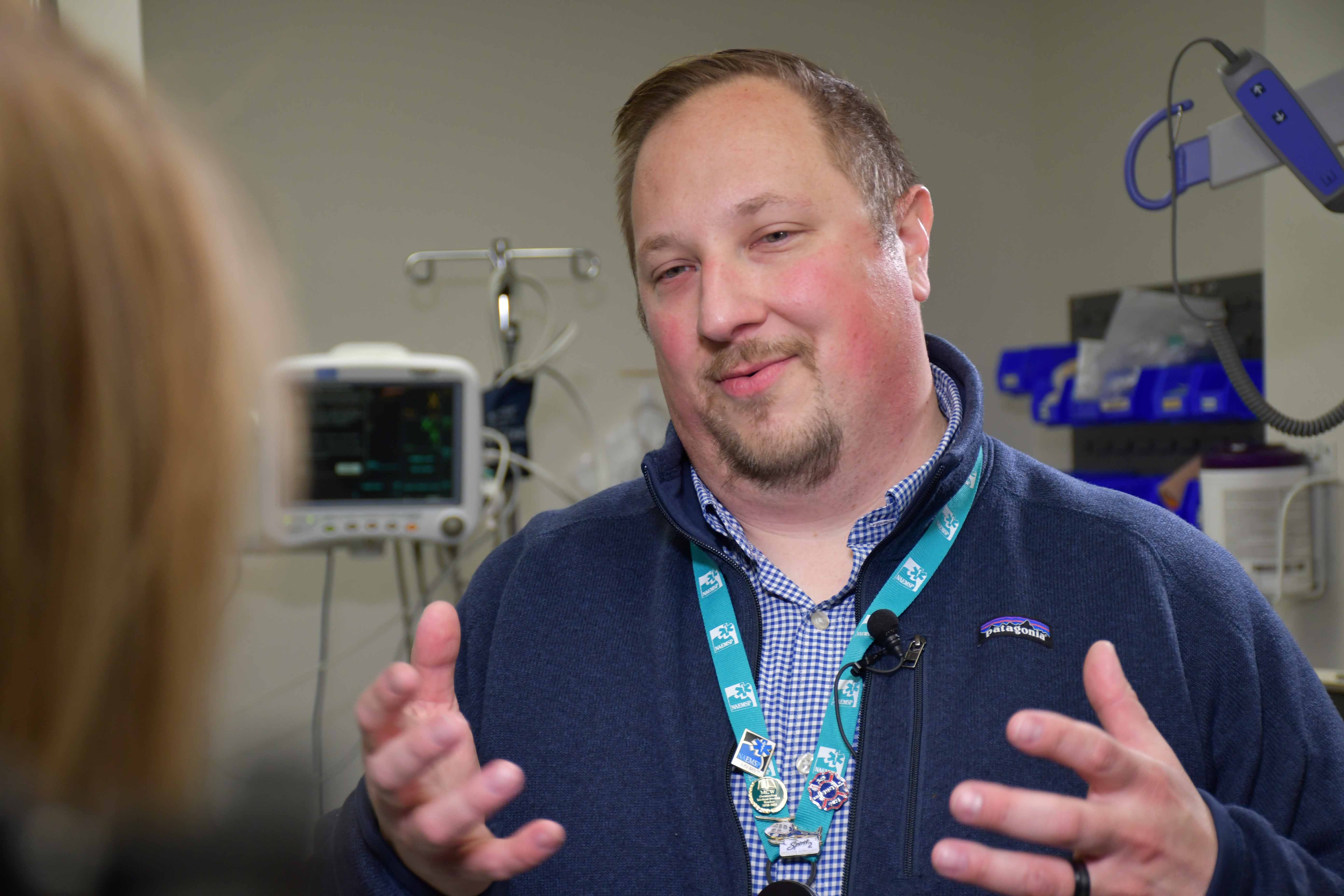Community Paramedic Program Shows Early Signs of Success
A joint effort is reducing emergency calls by addressing patient needs before they become crises.
6/4/2025

Dr. Michael Clark, Aspirus MedEvac EMS Medical Director
A proactive care
model supported by Aspirus and the Wausau Fire Department is helping reduce
unnecessary 911 calls by connecting patients with the long-term support they
need before emergencies occur.
The Community
Paramedic Program, which began in late 2024, focuses on identifying individuals
who frequently use emergency services and helping them manage the underlying
causes of their medical issues. The initiative emphasizes prevention by working
directly with patients in their homes to navigate chronic conditions, access
community resources, and overcome barriers such as lack of transportation,
insurance complications, or limited access to technology.
“The goal is to
reach people who are falling through the cracks,” said Matt Kozlowski,
Community Paramedic with the Wausau Fire Department. “We’re helping patients
navigate things like housing, behavioral health, transportation, or just
understanding how to take their medication. These may seem small, but they’re
often the real reasons someone ends up calling 911.”
Since the program
began, it has served a small but high-need group of patients. Among the first
14 participants, 911 calls decreased by more than 50 percent. “We are not only
improving individual health outcomes,” said Dr.
Michael Clark, Aspirus MedEvac EMS Medical Director. “We are also reducing
strain on emergency departments and ambulances by addressing issues that do not
always require emergency care.”
Aspirus provided
initial funding and continues to support the program through regular
collaboration, oversight, and integration with clinical teams. The Wausau Fire
Department leads daily operations, staffing the dedicated paramedic position
and conducting patient outreach. The two organizations meet monthly to review
data, discuss patient cases, and refine the program’s structure.
The program replaces
short-term, reactive care with longer-term, coordinated support that helps
patients stay healthier and avoid preventable hospital visits. Patients
enrolled in the program have shown better adherence to treatment plans,
improved access to services, and greater stability in their overall
health.
“The results are
real,” said Kozlowski. “We are making people safer, healthier, and more
connected to care. And this is only the beginning.”
Additional
communities are already expressing interest in adopting similar models, and
planning discussions are underway. The continued evolution of this program
reflects a growing shift toward practical, community-based strategies that
reduce pressure on emergency services and improve quality of care systemwide.

Back to all Posts